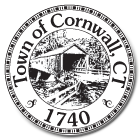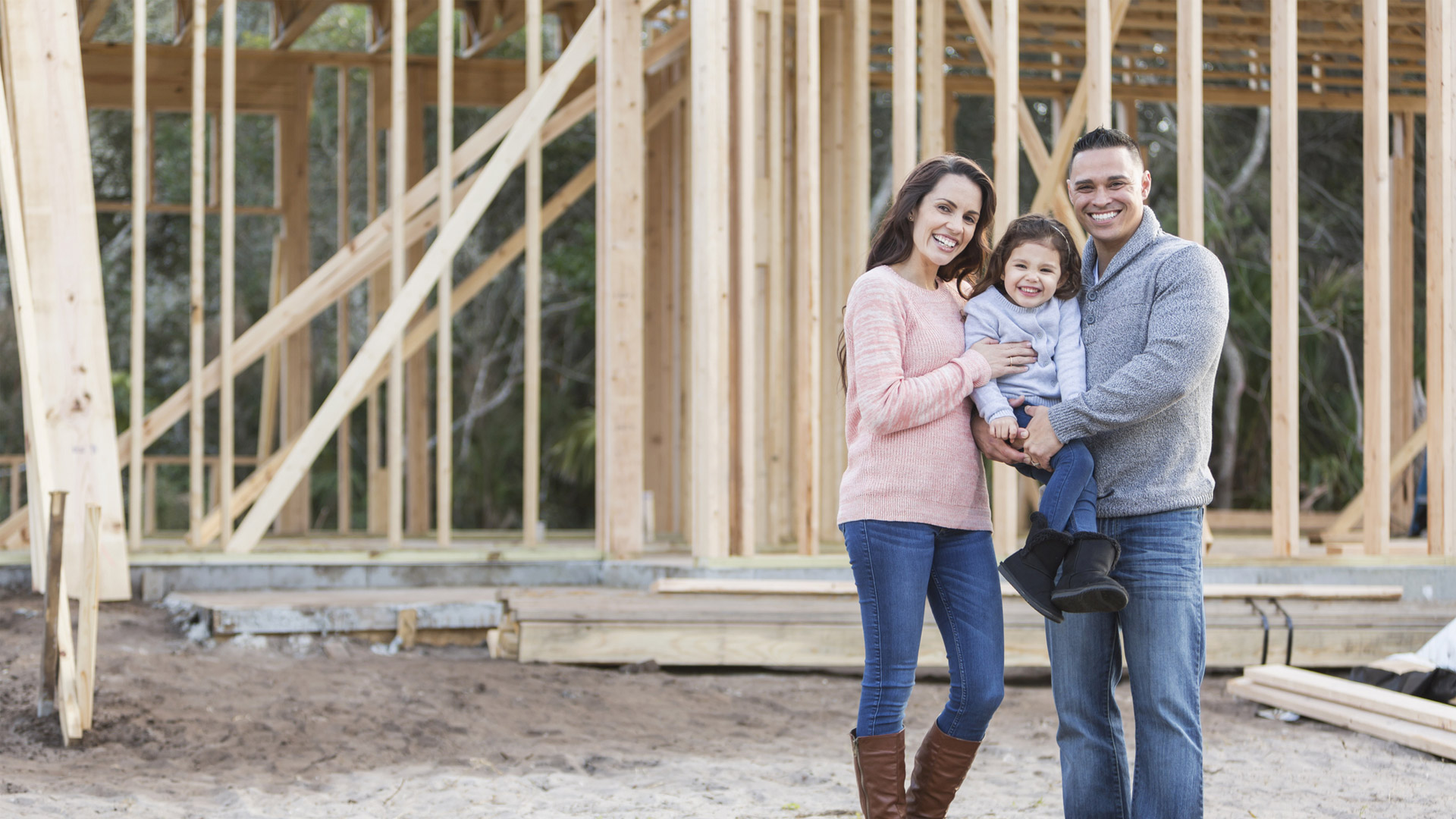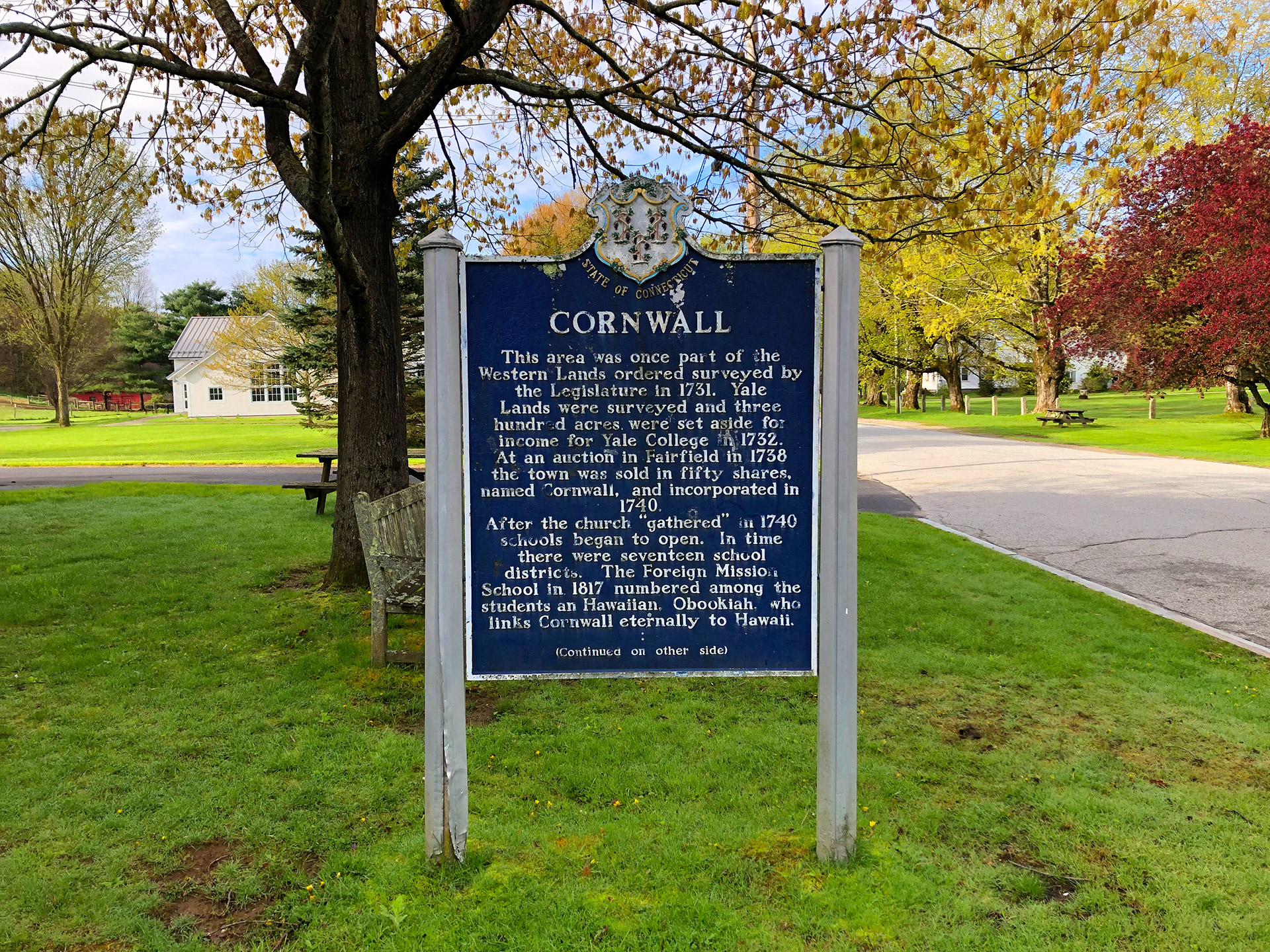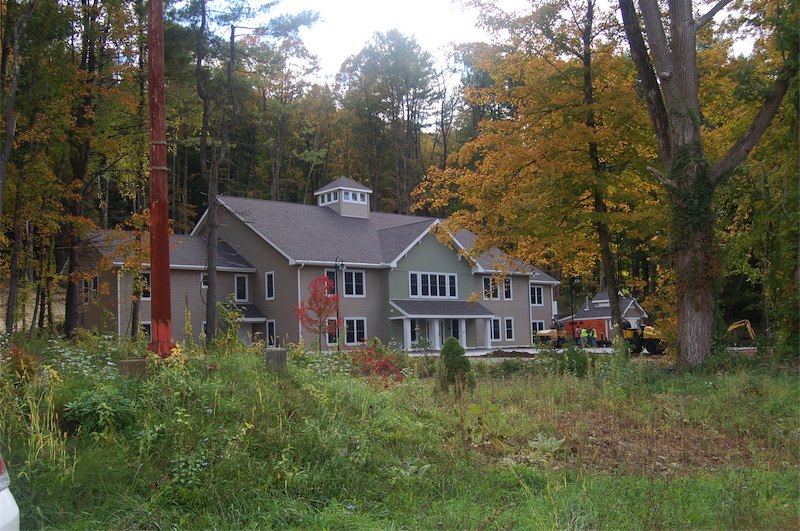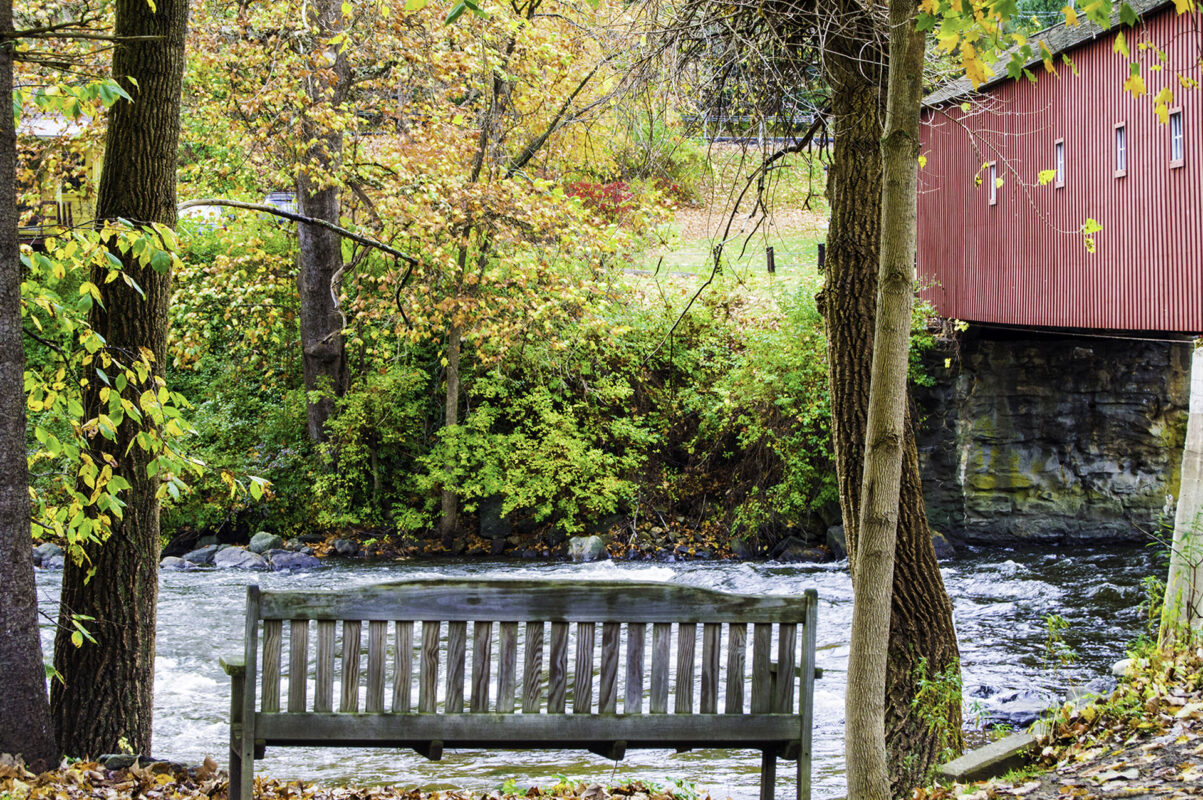With the price of real estate soaring and a limited supply of year-round rental units, it has become increasingly difficult to find affordable housing in Cornwall. To remain a thriving town with vibrant schools, essential businesses and effective volunteer services, we must be able to house the people who provide the resources we count on — and who make Cornwall a wonderful place to live.
Currently, the housing needs of many of those critical to our community are not being met. Young adults who grew up here, professionals and tradespeople, families seeking to lay their roots… These groups and others are largely without options, as are longtime senior residents needing to downsize and hoping to age in place. The town has begun to address these issues. In 2021, Cornwall developed an Affordable Housing Plan, which identifies a range of strategies to help solve the town’s housing needs. To access the Plan, go to: https://cornwallct.org/2021/12/21/final-draft-affordable-housing-plan/
To execute this Plan, Cornwall has appointed an Affordable Housing Commission which meets on a regular basis to:
- Broaden awareness of the need for more affordable housing in Cornwall
- Engage the community in developing innovative housing solutions, including home sharing, co-housing and the creation of accessory apartments
- Create new multifamily housing that is harmonious with the Cornwall spirit and aesthetic
- Expand homebuyer options through the existing Parcel Program and other means
- Explore zoning and permitting changes that will serve the town’s housing needs
- Consider establishing a fund to assist residents with down payments, repairs, and renovations
Have more questions about affordable housing in Cornwall? Email the commission: housingcommission@cornwallct.gov
Key Resources
FAQs
An “affordable” home is one for which its residents spend no more than 30% of their income on rent or mortgage, the largest household expense, leaving the rest for utilities, food, clothing, transportation, childcare, and healthcare. A “cost burdened” household is one that spends more than 30% on rent or mortgage. According to the 2021 census, 36% of Cornwall residents are “cost burdened.”*
“Dedicated affordable housing” is housing that is intentionally priced below market-rate so that households earning less than the area median income (AMI) do not have to pay more than 30% of their income for housing costs. Generally, this dedicated affordable housing is subsidized by federal or state funding.** Most affordable housing programs focus on serving low income households, which are defined as those earning 80% of the area median income or below. With the Median Family Income in Litchfield County being calculated as $114,700 in 2023, the following table shows the levels of income at which a household may be eligible for dedicated affordable housing in this area (adjusted for household size.)
Litchfield County
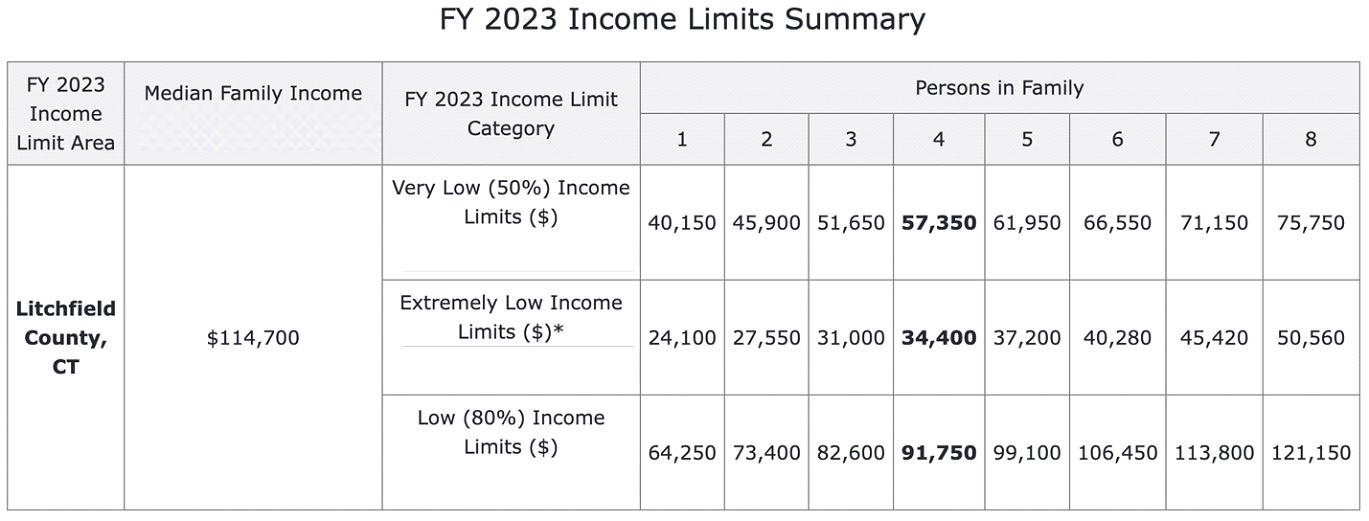
There is currently an inadequate supply of dedicated affordable housing in Cornwall, with only 18 units for individuals and families at Kugeman Village (completed in 1992) and 10 units for seniors at Bonney Brook (completed in 2014). Both of these communities are currently full, with extremely long waiting lists. There is clearly a need for additional dedicated affordable housing in Cornwall.
*https://localhousingsolutions.org/housing-101-the-basics/what-is-affordable-housing/
**https://ctmirror.org/2023/02/01/ct-rent-cost-burden/
***https://www.huduser.gov/portal/datasets/il/il2023/2023summary.odn?STATES=9.0&INPUTNAME=NCNTY09005N09005*0900543370%2BLitchfield+town&statelist=&stname=Connecticut&wherefrom=%24wherefrom%24&statefp=09&year=2023&ne_flag=&selection_type=county&incpath=%24incpath%24&data=2023&SubmitButton=View+County+Calculations
Some of the main factors that have contributed to Cornwall’s affordable housing shortage include:
1. Cornwall has gained a reputation for being an extremely desirable place to live. With its historic covered bridge and stunning pastoral views, along with its palpable warm spirit and sense of community, Cornwall real estate has become a particularly hot commodity. Reflecting this, in the last five years, the median selling price for a home here has increased by approximately 124% – from $230,000 in 2017 to $515,000 in 2021. This rise has extended home ownership beyond the reach of most local buyers.*
2. There has been very limited new construction in Cornwall. Research consistently shows that building new homes aids affordability in communities** – but despite high demand for housing in Cornwall, an average of less than two new homes have been built here each year for the last 10 years.
3. There are few (if any) year-round rental units available in Cornwall. Most of the homes here are occupied by their owners, with a very limited number of rental homes or apartments. Of the rental properties that do exist, most are offered as short-term vacation rentals only, with premium pricing rather than as affordable year-round rental units.***
4. Cornwall has the highest percentage of homes that are “second homes” in Northwest Connecticut. Approximately 44% of the town’s homes are in use seasonally, recreationally, or occasionally, which means that many homes are empty for a good portion of the year. This drastically limits the supply of homes available to year-round residents.****
5. Most residences in Cornwall are single-family homes, with few multifamily options. Of the town’s existing housing supply, more that 96% is made up of single-family homes, which tend to be larger, more expensive to heat, and most costly to maintain than multi-unit options.*****
6. Cornwall’s existing multifamily rentals are at full capacity. Cornwall built Kugeman Village in 1992 — an 18-unit affordable housing community made up of 1-, 2-, and 3-bedroom units, which now houses x people. And in 2014 the town added Bonney Brook Elderly Housing, a 10-unit complex that offers 1- and 2-bedroom units to seniors over the age of 62. Both Kugeman and Bonney Brook are currently full, with long waiting lists for eager new tenants. With many individuals, families and seniors currently without options, there is an urgent need for additional multifamily housing in Cornwall.
* chrome-extension://efaidnbmnnnibpcajpcglclefindmkaj/https://smartmls.com/wp-content/uploads/2022/01/SmartMLS-2021-Annual-Report.pdf?fbclid=IwAR0e8SLzSkhML_Rkss1KWcOWoI_-FRDQSDkVqv-IQXYT0UNVQ3ZFVtYhWxw (SMART MLS Annual Report on the Connecticut Housing Ma
**https://localhousingsolutions.org/plan/the-need-for-balance-the-importance-of-creating-and-preserving-dedicated-affordable-homes-as-well-as-allowing-for-new-housing-for-all-income-levels/
*** https://localhousingsolutions.org/housing-policy-library/regulating-short-term-rentals/#:~:text=Impacts%20on%20housing%20affordability,of%20available%20long%2Dterm%20rentals.
****chrome-extension://efaidnbmnnnibpcajpcglclefindmkaj/https://northwesthillscog.org/wp-content/uploads/2021/07/2018-Salisbury-CT-Affordable-Housing-Plan.pdf
*****https://cornwallct.org/2021/12/21/final-draft-affordable-housing-plan/
At present, it’s almost impossible for young adults and families to find an affordable place to live in Cornwall. Low to moderate income rentals are extremely hard to come by and reasonably priced “starter homes” are no longer an option to be found. As a result, 20-somethings who grew up here and want to remain a vital part of the community have little option but to live with their parents – and fewer families with young children can afford to settle and plant their roots here. With less younger people able to stay or move in, the overall population of our town is growing older. In fact, with a median age of over 53, Cornwall is among the oldest towns in the state.* Without additional housing that young people can afford, this trend will continue and there will be fewer workers available to local employers, fewer tradespeople available to perform needed services, fewer volunteers to serve in critical civic roles, and fewer patrons to make local establishments viable.
* https://www.ctinsider.com/connecticut/article/ct-population-growth-data-one-county-2023-17850120.php and https://www.hartfordbusiness.com/article/feds-ct-getting-older-in-80-of-towns-cities
A concern often expressed by property owners is that placing affordable housing nearby would cause the value of their real estate to decline. Even people who acknowledge the need for expanded housing opportunities in their town, when confronted with the prospect, sometimes take the position of, “not in my backyard,” for fear that the value of their own home be jeopardized. But research has consistently shown this assumption to be untrue – that, in fact, building affordable housing can have a very positive impact on a community and actually often even serves to boost surrounding property values.* Multifamily housing developments that are designed to harmonize with the local environment and that, once built, are well-managed and well-maintained, can serve to benefit the entire region.** In fact, studies in Connecticut have shown that home prices in areas where low-income housing is built rise faster than home prices in the rest of the state.***
* https://furmancenter.org/files/media/Dont_Put_It_Here.pdf
** https://commonbond.org/economic-benefits-of-affordable-housing/
An Investment in the Community NWCT Affordable Housing Film

Litchfield County Area Rental Housing Interest List
This form will streamline the process to get you the appropriate property application and help local housing organizations understand what types of units are in high demand.
Learn More
